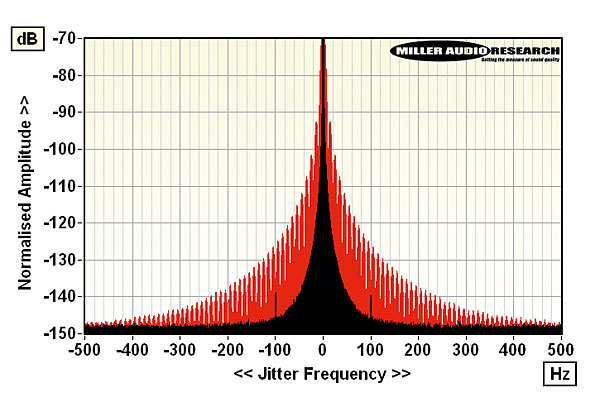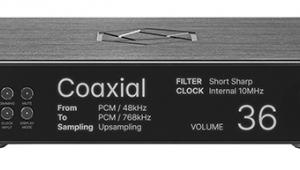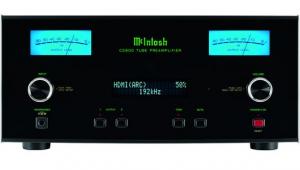Bricasti M21 Networked-Attached DAC Digital Synthesis
Direct Digital Synthesis (DDS) is a method of creating a signal of known and stable frequency. The technique is commonly used to synthesise the desired sine, square, etc, waveforms by the function generators on an engineer's test bench. Within the M21, DDS is used to create a stable master clock, in turn used to recover and synchronise the 'buried' clock within incoming digital audio datastreams.

This is a favoured method of clock recovery by one of Bricasti's technology partners – Analog Devices. One of AD's highly evolved solutions, the AD9951, is included as part of Bricasti's MDX platform, cutting its teeth in the inaugural M1 DAC [HFN Jun '11]. The M1 featured excellent jitter suppression down to ~10psec but when Bricasti fine-tuned the refresh/tracking rate of its DDS to about ±0.1Hz in the M3 [HFN Jun '20], to achieve some other technical/subjective advantage, correlated jitter increased to ~1900psec. What you gain on the swings...
So, for its new M21 DAC, Bricasti has updated its firmware to not only offer two alternative digital filters but to also include a 'Wide' once-a-second clock sync/refresh rate. The effect is dramatic, as evidenced by the 'clean' black peak [inset Graph] against the ±15Hz, ±25Hz, ±35Hz and ±45Hz, etc, sidebands [red spectrum] of 'Fine' mode. Additionally, the broadening of every peak on this graph – main and sidebands – is not a measurement artefact but is likely to be a residual phase noise in the DDS clock, taking the form of low-rate, noise-like jitter. 'Wide' or 'Fine'? Which will you prefer? PM


















































